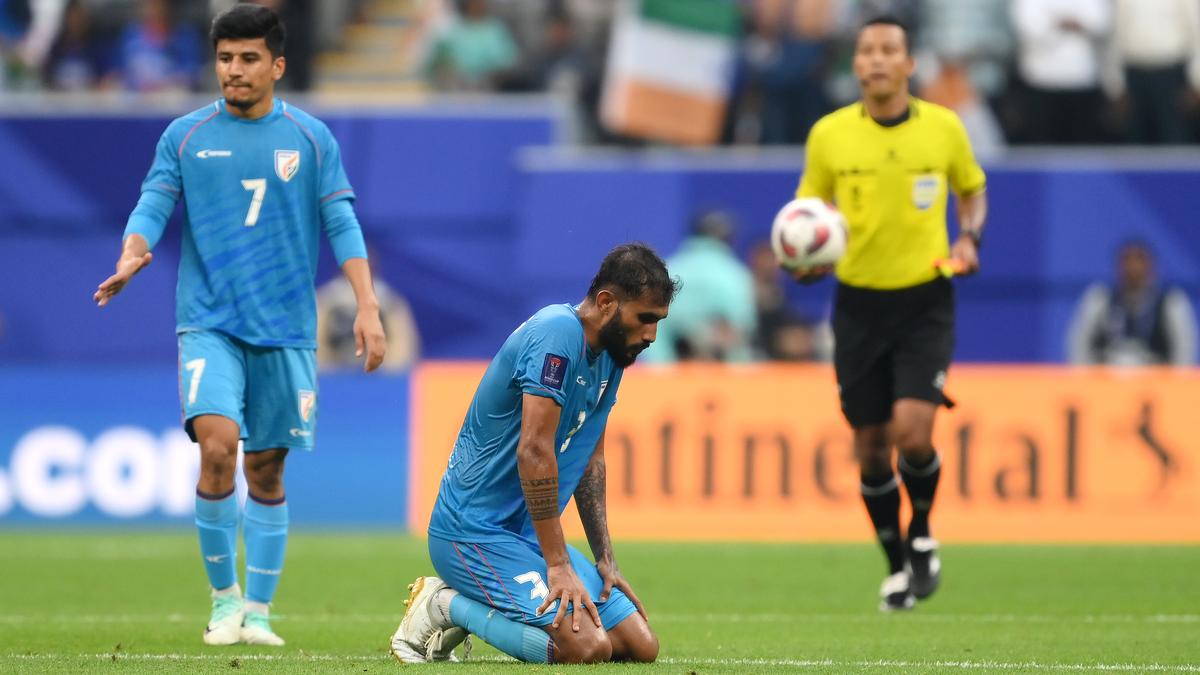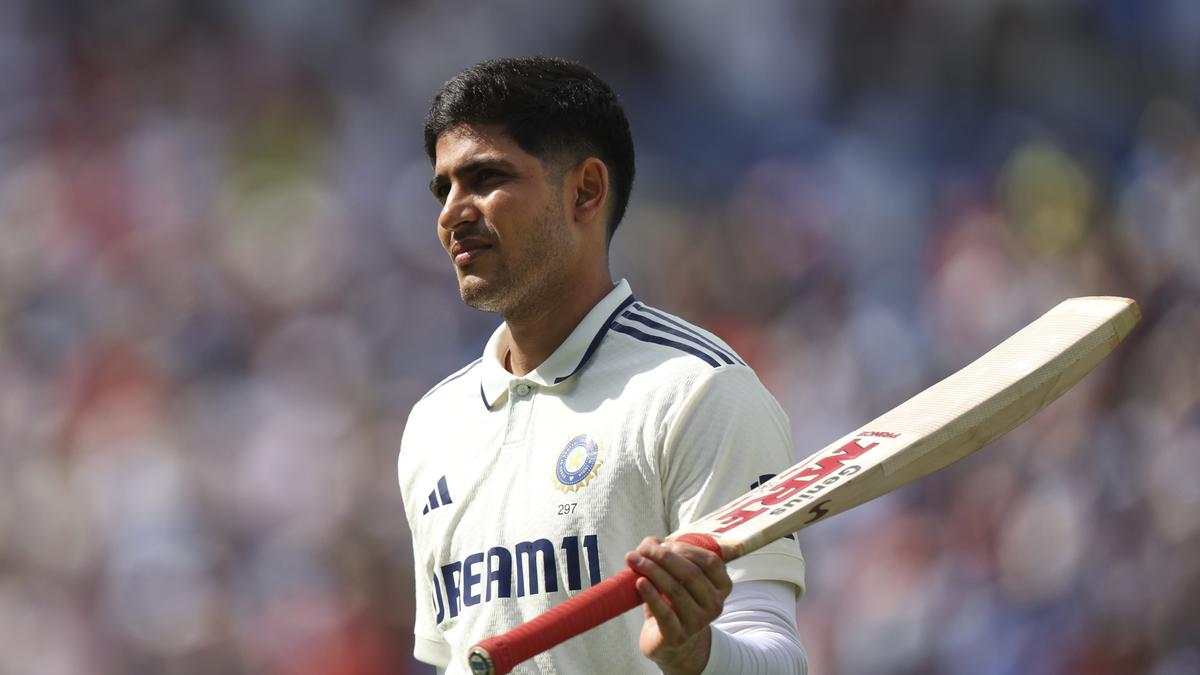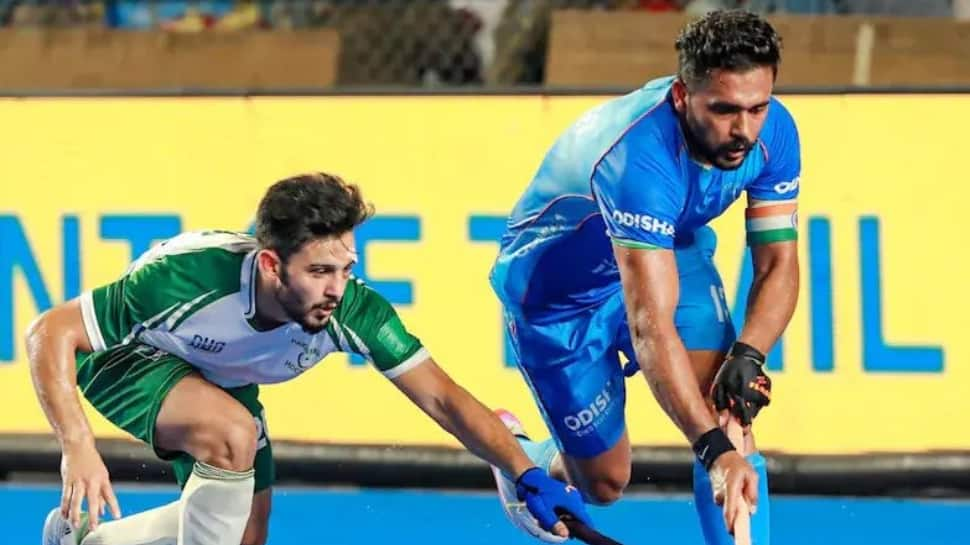Off-side: Indian football, A sport in freefall; a love that won’t let go

The first time I watched live football in a stadium was a Calcutta Super Division League match between East Bengal and George Telegraph in the early 90s at the Kishore Bharati Krirangan. The stadium, with a capacity of around 10,000, had recently materialised in our corner of eastern Kolkata like a concrete spaceship.
Our neighbourhood was mostly made up of people who had crossed the border after Partition — migrants from East Bengal, who carried complicated histories, relentless optimism, and an almost irrational devotion to a football club that bore the name of the home they had left behind. The fact that East Bengal was playing practically in our backyard had sent the whole locality into a frenzy. Everyone was eager to see a young, gravity-defying Bhaichung Bhutia, who was already a teenage heartthrob.
Tickets were sold for Rs. 10 at the local market, and my father’s favourite vegetable vendor lined up at dawn to secure them for his and our shared love for East Bengal.
On match day, the concrete ramparts were a sea of red-and-gold, and Bhutia didn’t disappoint. He scored an acrobatic goal, the only goal of the game. The stadium shook with joy, and there was an overwhelming sense of belonging that I had never felt before in my brief decade spent on this planet.
Sport does that to you. It invents an emotional socialism where the ecstasy of victory is shared equally, and so is the sorrow when things fall apart. It’s probably the only thing outside your own life that can make or break your heart.
But if falling in love with sports is easy, staying in love with Indian football is not. That beautiful, defiant sense of belonging I had felt as a child now lives under the constant shadow of decay. Every passing year feels like a slow, silent funeral.
There’s no villain, no great betrayal, but a list of endless tiny cuts. Every season arrives with new murmurs: that this league won’t survive, that this club can’t pay salaries.
The financial model of Indian football is unfortunately broken, with most clubs running on credit and crossed fingers. Since 2000, 19 teams have disappeared across three divisions. The federation’s commercial arm, Football Sports Development Limited (FSDL), signed a broadcast deal in 2023 with Viacom18 — owned by the same parent company — for Rs. 550 crore over two years. Each ISL match is worth Rs. 1.68 crore (2024-25 season), a stark contrast to the Rs. 104 crore the IPL earns as broadcast revenue from every game.
Broadcast revenue — supposedly the financial lifeblood of modern sport — is barely trickling in. And most clubs and the federation invest very little in youth systems, infrastructure, or anything that might help the sport grow. The AIFF cut its competition budget by Rs. 20 crore, while its scouting and grassroots programme saw a reduction of 69 per cent in 2024-25. Meanwhile, FSDL and the broadcasters point to falling viewership — 429 million in season one to 81 million by 2023. But no one knows which came first: the falling interest or the falling quality. It’s a chicken-and-egg situation with no budget for either.
A chaotic football calendar, often drawn or changed last minute, and an endemic age-fraud problem add to the woes dragging Indian football down. The national team, meanwhile, continues to be in freefall. It has not won a competitive game since November 2023.
And yet the fans cling to a sport that gives them less and less to hold on to. But they don’t scream as much anymore. They simply endure.






